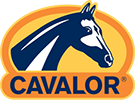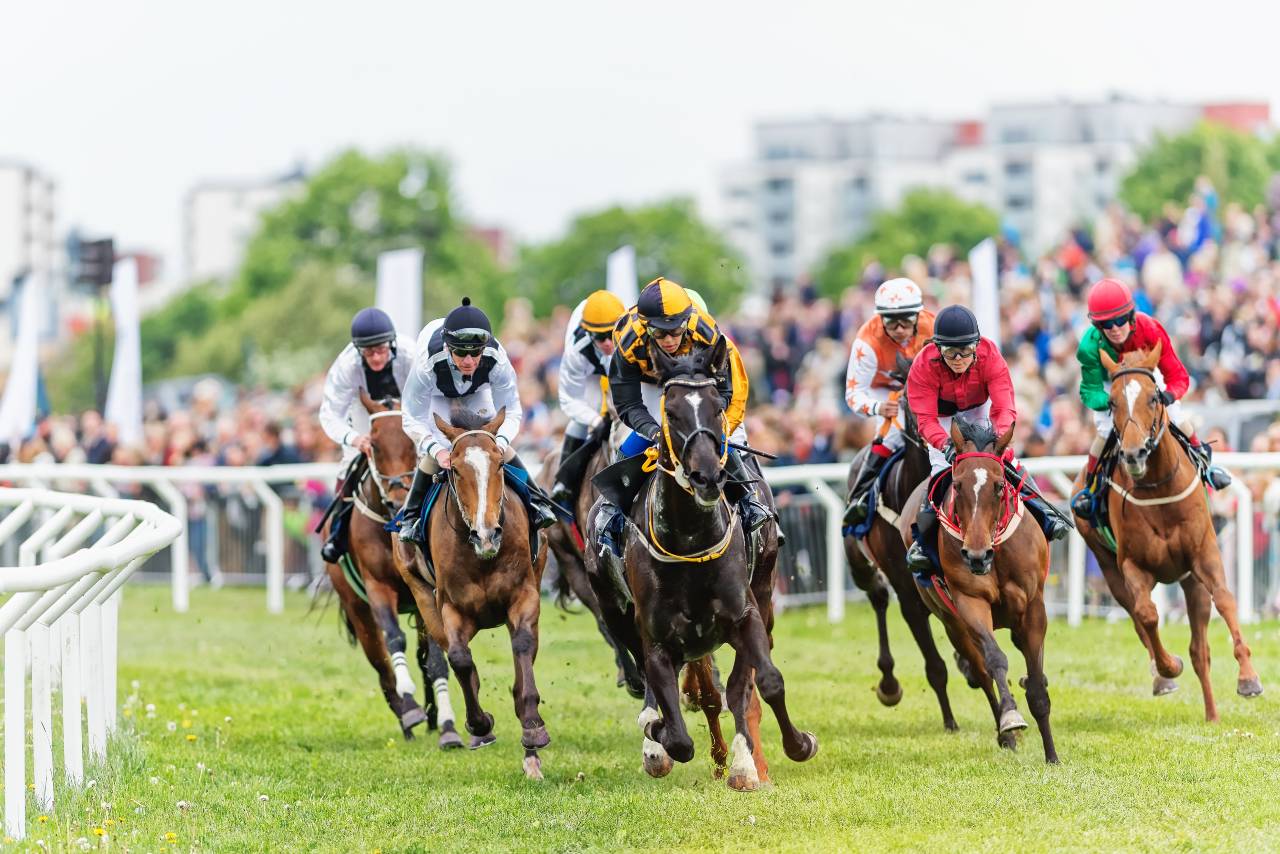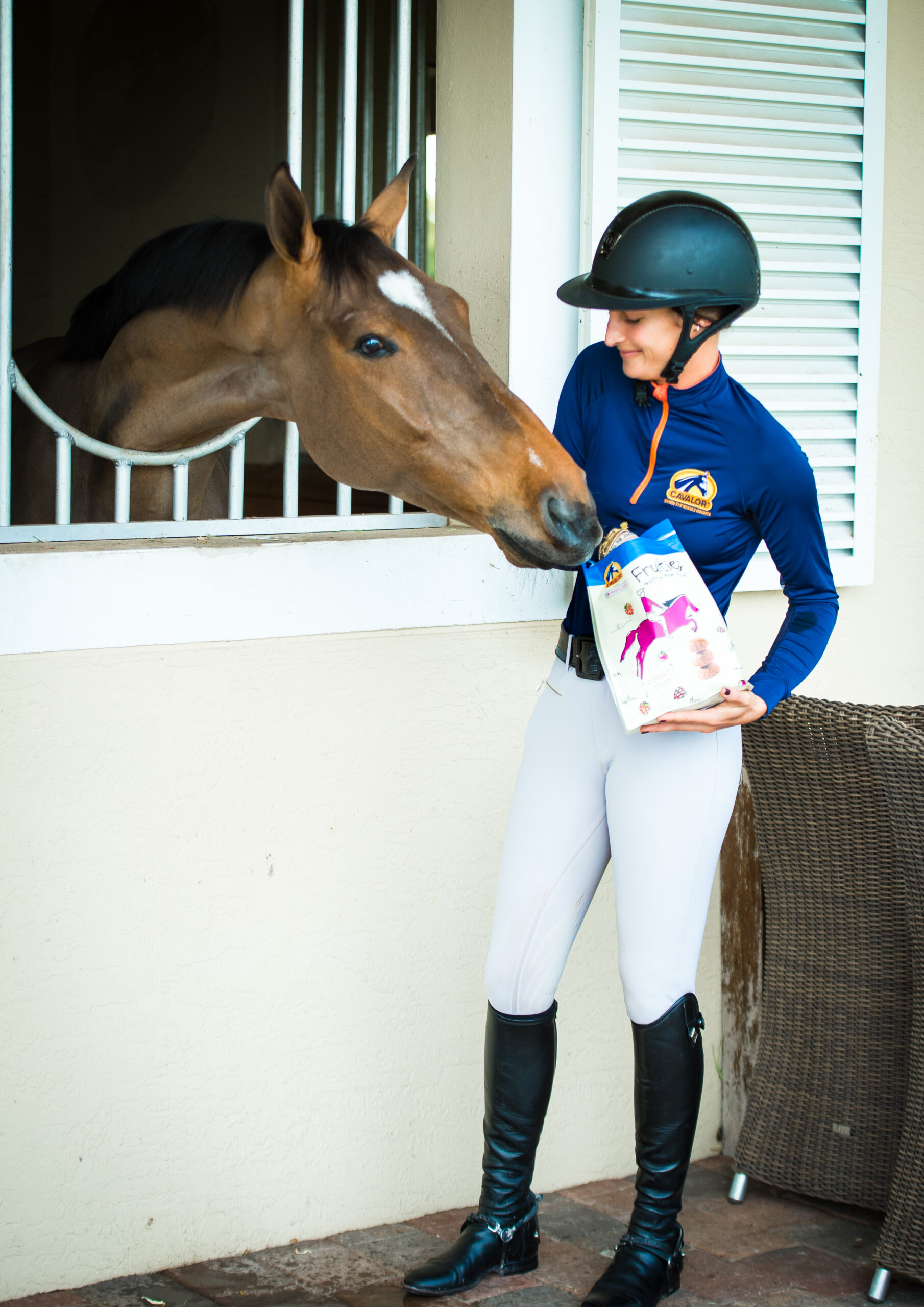Working with racehorses is all about energy balance. The optimum energy balance will enable each horse to tackle each training session to the best of their ability and fulfil their potential on race day. However, energy can also be a barrier to performance. If we get energy balance wrong, we may see horses fatiguing early in the middle of a race, or being too hot to focus on the task at hand, or having nothing in the tank to race. Performance is everything in racing and energy is key to performance. All these scenarios have one common thread: an imbalance in energy. In this issue of Science Sunday, our experts will discuss and explain this problem!
Energy, temperament, and Endurance are all closely related. Endurance is improved through training and energy levels can be managed through appropriate feeding strategies. Largely a horse’s temperament is predetermined and cannot be permanently altered by external factors, however, through strategic management of nutrition and correct training we can successfully influence behaviour to maximise desirable character traits and support the path to optimum performance.
What is energy?
It’s important to know what a horse needs energy for:
- For “maintenance”, i.e. normal daily activity.
- For the ability to work.
- For the ability to move with power.
Adenosine-Triphosphate or ATP is the currency of energy in all living beings. ATP is produced by the processing of energy sources within the cells of the body which in horses is carbohydrate, fat and protein. There are two kinds of energy systems: aerobic and anaerobic. The major difference between these two systems is the presence (or absence) of oxygen. Oxygen is always present in aerobic activity; this is the energy production system used in the majority of training and racing. The Anaerobic system is utilised during short, high-power performance that the horse can’t maintain for long, as the muscles will otherwise produce lactic acid due to the lack of oxygen.
In racing, the anaerobic alactic system produces the immediately available “explosive” energy needed to get the horse moving using the horse’s limited amount of stored ATP, and is in seconds replaced by the anaerobic system. Within 1-4 minutes the aerobic system replaces the anaerobic so that the horse can reach a steady state. Unless we want to race over a distance of 1 furlong or less, the respiratory system is essential. Even in a 5 furlong sprint race around 70% of the energy to run comes from aerobic metabolism that requires oxygen to be brought into the body by the respiratory system, to allow the conversion of energy in sugars, stored as glycogen within the muscles cells, into energy for locomotion in the form of ATP.

This is basic knowledge – as you can see in the illustration, these two types of combustion involve different nutrients. Fats, and carbohydrates (including fibre) provide energy for long, aerobic exertion. Anaerobic combustion is fuelled by carbohydrates only. This is simply because these nutrients deliver the fastest energy. Sugar and starch are also carbohydrates. The graph (below) shows how the energy of a horse corresponds with the duration of physical activity.

Energy involves balance
A horse needs energy for general good health and performance, and it gets this energy from its feed. The amount of energy needed varies from horse to horse and naturally depends on the scope of training. If a horse takes in the same amount of energy as it consumes over a long period, it will maintain its weight and have sufficient energy for work. This is called energy balance. If the horse takes in more energy than it uses, it will gain weight. The equine body can convert feeds like roughage and concentrates to produce ATP, the fuel for muscles. This illustration shows how it works.

Roughage as base feed
Roughage is the foundation of a horse’s feed. But how does it provide energy? Fibre and bacteria from roughage are broken down in the caecum and large intestine by a process called fermentation which results in the release of fatty acids. This process takes between 30 and 48 hours. The fatty acids are absorbed through the intestinal lining and enter the bloodstream, and the horse can then use them as a source of energy. Roughage is a good energy source for prolonged physical exertion. Roughage is an important source of fibre and energy but does not supply enough of certain vitamins and minerals. Although not sources of energy, these nevertheless play an important role in burning energy. A deficiency or imbalance can lead to health problems over time. Vitamins and minerals literally transport energy, support energy metabolism, maintain balanced hydration, and prevent muscle cramps. That’s why it’s important to feed your horse a complementary feed with vitamins and minerals in addition to good roughage.
Challenges in energy balance
What does a horse with an energy imbalance look like? Energy imbalance can take on several forms when managing performance horses.
1) A Horse is receiving adequate energy but is lethargic in nature and lacks enthusiasm for training.
The horse must convert the provided energy sources into actual energy. Feeding the horse a product that provides peak energy will give it an energy peak during training. You can also give him a complementary feed that provides a mental energy boost. Additional vitamins and minerals are not necessary, as the horse has sufficient sources of energy and can convert these; it just needs to be encouraged to use its energy.
2) A “hot” or “fizzy” horse
“Hot” behaviour is a common manifestation of over feeding, or feeding high energy feed at the wrong times. Over feeding is common and can lead to other problems. Concentrated feed causes blood sugar levels to rise, which will then produce excited behaviour in horses. The energy system works at a higher level in horses that are mentally excited through stress or anxiety. Good energy sources for these horses are feeds that are low in starch and sugar but high in fat and fibre. Feeding plenty of roughage will prevent boredom and ensure slow energy release.
Magnesium helps to regulate heart rate and blood pressure, as well as relax muscles. B vitamins are important for the nerves, whilst tryptophan promotes relaxation and is one of the building blocks of serotonin. Certain herbs like calendula, lavender, and barberry also help horses to relax.
It is important to be aware that whereas effective feed management can greatly improve the performance and behaviour of a horse, some elements of temperament and natural tendencies cannot be altered. For example, it is difficult to change the inherent nature of a horse, and some horses may respond to higher energy feeds by putting on weight rather than increasing performance. In the same way, horses that are hot in temperament may be greatly improved by providing higher levels of fat and fibre in the diet, but may also be more susceptible to environmental stress which can also produce spikes in blood sugar. Therefore, regularly monitoring mental state is also key to behaviour and performance.
Feeding times
Keep in mind that feeding times also influence energy peaks significantly. Nutrients are absorbed by the equine body in different ways. Horses have two different digestive processes: enzymatic digestion in the small intestine and fermentation in the large intestine. Enzymatic digestion involves the conversion of sugar and starch into glucose by enzymes. Feeds with energy from sugar and starch (like puffed cereals) provide fast energy and deliver an energy peak two to three hours after feeding. This is attributed to a rise in blood sugar, giving your horse a real energy boost.
Fermentation involves the conversion of fibre into volatile fatty acids by microbes. Feeds that are high in fat and fibre release energy gradually without peaks. This is the energy needed for prolonged physical exertion.
Tips for managing energy levels in performance horses:
- Feed several small meals daily – The equine digestive system is built to break down food all day. Should the system come to a stop, the horse may suffer from colic, gastric ulcers, or other problems.
- Give concentrates 2-3 hours before work – this will elevate blood glucose and deliver desired energy boost needed for work – for increased stamina, use concentrates that are high in fat and fibre
- Roughage first, then concentrates
- For any changes made, allow 6-8 weeks for results
Our feed experts give advice on optimising your horse’s energy level!
Of course, the starting point for energy optimisation is a healthy horse that is free from infections or pains and has a healthy digestive system. There are two “quick fixes” for optimising your horse’s energy level.
The first is to feed him easily digestible energy sources (fats and fibre) for immediate improvement. Naturally, you can also give him feeds that contain sugar and starch for quick energy boosts. The second is to give him a complementary feed that delivers more power for short periods, for example for horses in multi-day events.
Easily digestible energy sources from concentrates
Cavalor Superforce is an ideal feed for power and explosive energy. Cavalor Superforce was specially developed to supplement the daily feed of horses that need extra energy for sport. Horses need starch and sugar from concentrate feed for the energy to deliver explosive power. Cavalor Superforce is a unique blend of balanced Omega fatty acids, high-quality vitamins and minerals, trace elements, and puffed cereals that the body can easily digest.
Does your horse have too much energy? Then consider Cavalor Fiberforce. This high-fibre muesli mix is made from long fibres and is low in sugar and starch. Its easily digestible fibres ensure a balanced gut function. More fibre means healthier digestion! It also provides slow-release energy for prolonged work.
Complementary feeds for an extra energy boost
Cavalor Kick Up is a feed supplement that delivers quick extra energy for short periods. It gives your horse a kick of extra energy. Feed your horse 50 ml of Cavalor Kick Up in the evening and morning before a race or as close to the race as local regulations allow. Always follow the local regulations with regards to supplement feeding times towards race days. Its amino acids in combination with fast-energy sugars and yeast ensure a real energy explosion. Another energy booster is the aptly named Cavalor An Energy Boost. This feed contains electrolytes and amino acids to assist the healing process after hard work. An Energy Boost delivers sugar to the horse’s body for better absorption of electrolytes as well as the fast energy needed during exercise.


